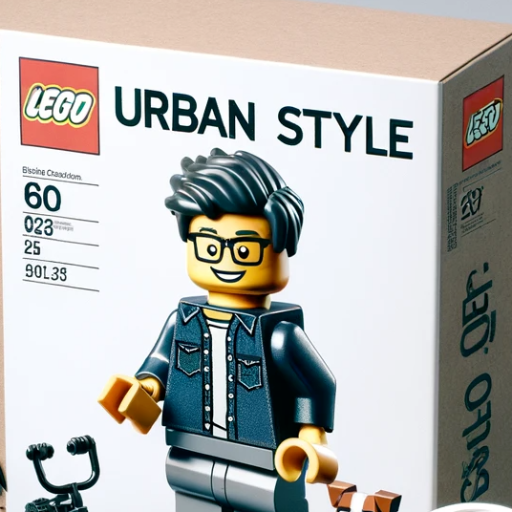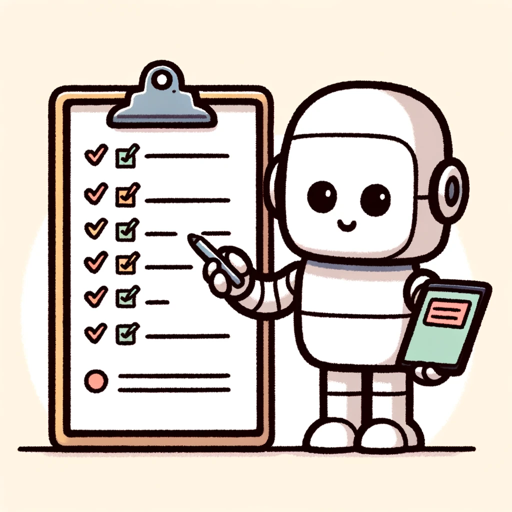User Story Crafter (USC)-AI-powered user story creation
Transforming ideas into structured user stories with AI
Get Started...
Related Tools
Load More
ProductMuse - User Stories
Converts a few words into effective user stories with clear problem statements, detailed acceptance criteria, and test case suggestions. Backed up by an experienced Product Manager and Scrum and Agile methodologies. Ready to copy-paste in JIRA!

Bob The BA - User Story
A Business Analyst That Creates User Stories

Jira Ticket Helper
Help to define a user story ticket based on the information provided

UX Case Study Generator
Generates UX case studies with detailed insights and structured points

Agile User Story Writer
I craft formal user stories for agile teams.
Ticket Writer - User Stories & Acceptance Criteria
Helps create technical user stories and acceptance criteria for development projects, to take the heavy lifting out of the process.
20.0 / 5 (200 votes)
Introduction to User Story Crafter (USC)
User Story Crafter (USC) is designed to assist technical business analysts in creating comprehensive user stories that align with existing system architectures. USC facilitates the development process by structuring user requirements into a standardized format that includes roles, actions, benefits, acceptance criteria, and more. This ensures that user stories are clear, detailed, and actionable, making it easier for development teams to understand and implement the required features. For example, a technical business analyst can use USC to transform a broad feature request like 'improve user login security' into a structured user story that specifies the role (e.g., 'As a user'), the action (e.g., 'I want to enable two-factor authentication'), and the benefit (e.g., 'So that my account is more secure').

Main Functions of User Story Crafter (USC)
User Story Creation
Example
A business analyst uses USC to create a user story for adding a new search functionality to an e-commerce website.
Scenario
The analyst inputs the desired feature summary, and USC generates a structured user story detailing the role (e.g., 'As a customer'), action (e.g., 'I want to search for products using keywords'), and benefit (e.g., 'So that I can easily find the items I am looking for'). Acceptance criteria and additional information like search filters and performance metrics are also included.
Alignment with System Architecture
Example
An analyst integrates system architecture documents into USC to ensure the generated user stories are compatible with the existing tech stack.
Scenario
For a feature that requires database changes, USC checks the system architecture and includes specific details about database schema updates needed. This ensures that the development team has all the necessary technical details to implement the feature without disrupting the existing system.
Test Script Generation
Example
A user creates a detailed user story for a new login feature and uses USC to generate test scripts.
Scenario
After creating the user story, the analyst copies it and pastes it into the Test Plan Crafter (TPC) GPT. The TPC GPT then generates test scripts that QA teams can use to verify the functionality and performance of the new login feature.
Ideal Users of User Story Crafter (USC)
Technical Business Analysts
Technical business analysts benefit from USC by creating detailed and structured user stories that align with technical requirements. This helps ensure that development teams understand the exact requirements and can implement features efficiently.
Product Managers
Product managers use USC to ensure that user stories are well-defined and aligned with product goals. By using USC, they can create comprehensive user stories that facilitate clear communication with development teams and stakeholders, ensuring that the product development process is smooth and efficient.

How to Use User Story Crafter (USC)
Visit aichatonline.org for a free trial without login, also no need for ChatGPT Plus.
Navigate to the User Story Crafter section for a no-cost, hassle-free experience.
Gather System Architecture Documents
Prepare any relevant system architecture documents or summaries to provide necessary context for your user stories.
Describe the Desired Feature
If you don’t have architecture documents, provide a detailed summary of the feature you wish to develop.
Transform Summary into User Story
Input your feature summary, and USC will structure it into a user story format, including title, role, action, benefit, acceptance criteria, and more.
Review and Adjust
Review the generated user story, make any necessary adjustments, and ensure it aligns with your project requirements.
Try other advanced and practical GPTs
Papr Memory
Your AI-powered memory assistant

Next js Helper
AI-powered Next.js development tool

LegoSet Crafter
Create AI-powered Lego sets instantly.

Social Media helper
AI-Powered Social Media Content Creator

Super Project Manager
AI-powered project management made easy.

The Lord is my shepherd
AI-powered Christian Guidance and Wisdom

Academic Research Advisor & Guide
AI-Powered Tool for Doctoral Research Excellence.

Cat Meme AI Generator
AI-powered tool for instant cat memes.

Austin: The Financial Advisor
AI-powered financial planning and advice.

Python GUI App Builder
Create AI-powered Python GUI apps easily.

Ethics: Counter Point
AI-powered tool for ethical counterarguments.

You Tube Video Summarizer
AI-Powered YouTube Video Summarization
- Project Management
- Product Development
- Technical Analysis
- Feature Planning
- Requirement Gathering
Frequently Asked Questions about User Story Crafter (USC)
What is User Story Crafter (USC)?
USC is a tool designed to assist technical business analysts in creating detailed and structured user stories that align with system architecture.
Do I need any prerequisites to use USC?
No specific prerequisites are needed, but having system architecture documents or a summary of your tech stack can enhance the experience.
How does USC ensure alignment with system architecture?
USC uses provided system architecture documents or feature summaries to contextualize and align the user stories with existing technical frameworks.
Can USC help with generating test scripts?
Yes, after creating user stories, you can use another tool, Test Plan Crafter, to generate test scripts. Simply copy the user story and use the specified GPT for test script generation.
Is there any support for post-sprint activities?
Yes, you can use the Release Note Generator to compile release notes once the sprint is complete. This helps in sharing updates with your users.